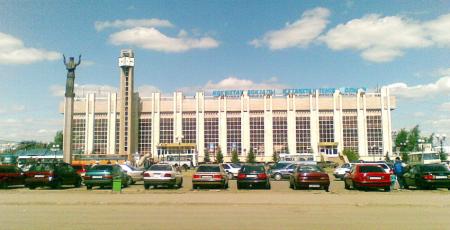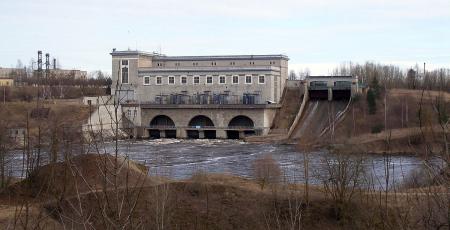Kokchetav (now Kokshetau) is a station of the Kazakhstan railway in the Akmola region of Kazakhstan. From here the trains follow in the direction of the stations: Zhanaturmys, Kzyl-Tu, Astana,...
The page shows the objects of the selected type, the design of which was performed in the selected period
950
projects completed
Site surveys for construction involve comprehensive investigations of natural environment of an area and/or a construction site.
Specialists of JSC Lengiprotrans design transport development master-plans, which includes activities associated with placement of all railway infrastructure facilities in accordance with the process solutions adopted. The design work includes environmental impact assessment and development of recommendations on environmental protection.
The page shows the objects of the selected type, the design of which was performed in the selected period
The Irtyshskoe - Karasuk railway line is the eastern section of the Central Siberian Railway. It was built according to the Lengiprotrans project in the late 1950s.
At the same time, a railway...
In the late 1980s, Lengiprotrans developed a project for the reconstruction of a bridge across the diversion canal on the road to the Estonian State District Power Plant in the city of Narva.
In the 1980s Lengiprotrans developed the project of the Tartus-Latakia railway line in the Syrian Arab Republic for the operational connection of two ports on the Mediterranean Sea.
The...
In the 1980s, during the development of the railway network of the Kazakh SSR, Lengiprotrans developed a project for a motor depot for the Kokchetavtransstroy Trust in Astana.
In those years,...
In the 1980s Lengiprotrans developed the project of the Tartus-Latakia railway line in the Syrian Arab Republic for the operational connection of two ports on the Mediterranean Sea.
The...
Pages












